Slicing the LimeLime juice offers a tangy, yet sweet flavor that complements the ginger in this recipe well. The juice from a quarter of a lime is plenty to start with for one drink – it doesn’t look like much, but more juice will be released as the ingredients get muddled together. Don’t forget to slice a piece of lime for garnish! Preparing the Ginger
Cutting the Pomegranate
Recipe VariationsIf you want to skip the ginger muddling or grating, an easy alternative is to use diet ginger ale instead of plain seltzer. Add a squeeze of lime juice and your garnish. It won’t be pink, but this drink is still tasty and easy to prepare if every inch of your kitchen is being used to prepare your holiday dinner. This drink doesn’t have to be limited to the holidays – you can can swap out pomegranate for whichever fruit may be in season, such as blackberries or cherries in the summer. Recipe: Yule Mule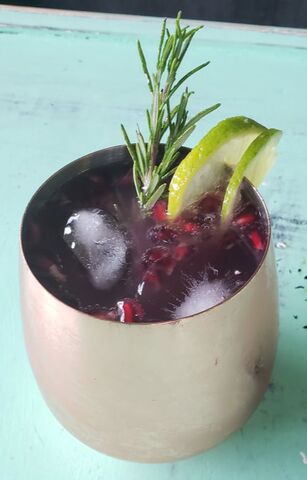 Ingredients:
Enjoy!
~ Jordan Griffin, Dietetic Intern
2 Comments
Picture this: a plate of perfectly roasted turkey, savory stuffing, creamy mashed potatoes, crisp green beans, all topped with delicious gravy...Yum! The holidays can be a delicious and sometimes challenging time of the year, as so many of our celebrations revolve around food. Many of the dishes served are special and only prepared once or twice a year – a treat we don’t want to miss out on! Try using the MyPlate method, to help fit in your favorites while still being mindful about your overall food selections. 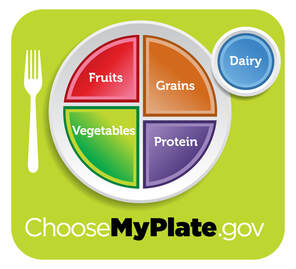 What is MyPlate? MyPlate was designed by the United States Department of Agriculture (USDA) to help Americans meet the dietary guidelines with enough nutrients in our overall intake to support health. We can use MyPlate to construct our meal in a way that is nutritionally balanced. MyPlate suggests the following basic principles:
So how do we put this into action? 1. Start off with vegetables and fruit
2. Add your grains/starches
3. Add your protein
4. Complete your meal with some dairyDairy is separate from the other food groups because of its calcium content. If you don’t have a cup of milk or fortified milk alternative with your meal, you can incorporate it into a dish already on your plate. These are foods that check off the dairy category:
Let’s take a look at this MyPlate example:
Tips There’s almost always leftovers for holiday dishes. Acknowledge that there will be leftovers prior to loading your plate and understand that you can eat them tomorrow. If you are worried that you might miss out on a favorite and can’t squeeze it on your plate, make a second plate, wrap it up, and put it in the refrigerator for later.
Holiday foods don’t have to be exclusive to just the holidays. If a dish runs out before you get a chance to have it, you can always make it for a fun dinner in the coming days or weeks. Sit down and enjoy the meal – one day, or meal, doesn't determine your overall nutrition or health! This year has been stressful and it is important to give yourself a break and enjoy comforting food without judgement. Have a safe, tasty, and Happy Holiday Season! ~ Jordan Griffin, Dietetic Intern The holidays are coming up and if you’ve ever hosted these annual gatherings I’m sure you can relate to the confusion surrounding, “what wine do I pair with dinner??” After just finishing up a harvest internship in Sonoma County, California, and learning ALL about winemaking from vineyard to bottle, I’m here with the answers for you! In case you weren’t aware, food that is consumed with wine has an effect on the way wine tastes, and wine can also have an effect on the way food tastes! The perfect pairing takes advantage of these effects and causes the wine and food to taste better together than the two would taste separate. I’m breaking down some of my knowledge on these interactions to help you enhance your pairing experience and avoid any negative or unpleasant taste combinations. *disclaimer- it’s important to remember that different people have different levels of sensitivity to certain flavors and aromas and a “perfect pairing” for one person may be unsuccessful for another. So it’s important to take into account these sensitivities along with the basic food and wine interactions before deciding on your pairing.* When you are eating, your tastebuds are perceiving different levels of sugar, salt, acid, umami (savory- think mushrooms or soy sauce), bitterness, and heat. This perception helps you to anticipate what the next bite will taste like. When the next bite doesn’t complement the current perception, it can be very unpleasant. An example of this would be brushing your teeth with sweet toothpaste and then taking a sip of acidic orange juice. (Yuck!) Sweetness in food:
Umami in food:
Acidity in food:
Salt in food:
Wines that work well with salty foods are acidic, fruity and crisp. Think oysters with sauvignon blanc or Thai food with gewurztraminer. Bitterness in food:
Chili heat in food:
There are many classic pairings that have been established by sommelier’s and chefs, but I encourage you to find what works best for you and your unique tastes. Now you know some of the basic food and wine interactions and you can be better prepared for entertaining this holiday season. Keep in mind that the U.S. Dietary Guidelines for Americans recommends alcohol to be consumed in moderation with up to one standardized drink per day for both men and women. Always eat when you are enjoying a glass of wine and make sure to stay hydrated with water throughout the evening as well.
Cheers! -Gillian Schultz, MHSc, RDN, CD Winter squashes, such as acorn, butternut, delicata and spaghetti squash, are in-season right now in the PNW. Winter squashes are rich in beta-carotene, which is converted to vitamin A in the body. Beta carotene helps to promote healthy skin, eyes, and a healthy immune system. Winter squashes also provide wholesome, complex carbohydrates which provide lasting energy. It is important to have proper technique when cutting winter squashes to ensure that you stay safe. This webpage contains a quick video that demonstrates how to safely cut a butternut squash, as well as other helpful tips and tricks for preparing winter squashes. See below for a delicious butternut squash recipe that you can make for friends and family this holiday season. The warm, golden, roasted butternut squash in this “stuffing” recipe is sure to satisfy. Butternut Squash and Wild Rice “Stuffing” Makes about 6-12 servings Ingredients (For Rice and Toppings):
For the Butternut Squash:
For the Ginger Dressing:
Whisk ingredients together until well combined and set aside. Directions:
Nutrition per Serving (Divided into 12 servings): 273 calories; 12.3 g total fat (2.9 g sat); 4.4 mg cholesterol; 296.5 mg sodium; 35.7 g carbohydrates; 4.8 g fiber; 9 g protein Recipe adapted from Cookie and Kate
Power bowls are customizable bowls that use four main building blocks to create a beautiful, nutritious meal. To build a power bowl, you’ll need the following four building blocks: 1. Complex Carbohydrates 2. Vegetables 3. Protein 4. Heart Healthy Fats You may be wondering, where do I find these building blocks? Great question! Complex CarbohydratesComplex carbohydrates are found in minimally processed grains and starchy vegetables. These foods are high in fiber, so they are more filling than foods that are more processed. They also take longer for our bodies to digest, which can help to keep blood sugars stable. Foods that are rich in complex carbohydrates serve as a great base for a power bowl because they are hearty and filling. Try the following foods as the base of your power bowl:
Suggested Flavor CombosThe beautiful thing about power bowls, is that they are customizable to fit your taste preferences and they can often be assembled with simple ingredients that you may already have on hand. Here are some flavor combinations that you may enjoy:
Here are some photos of power bowls we have made at home. On the left is a bowl with bulgar wheat, roasted veggies, a veggie sausage patty, and avocado. On the right is a bowl with bulgur wheat, roasted veggies, hummus and sunflower seeds. Additional Links & Resources |
SD BlogA place for our consultant Registered Dietitian Nutritionists (RDNs) to share nutrition science, yummy and healthy recipes, tips on seasonal ingredients, and other nutritional musings. Enjoy! Categories
All
Archives
May 2024
|

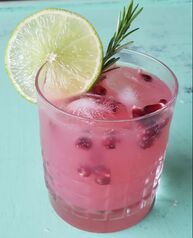
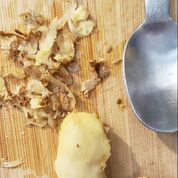
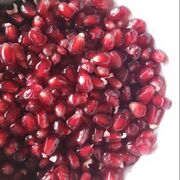
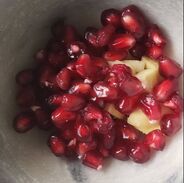
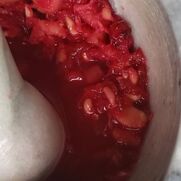
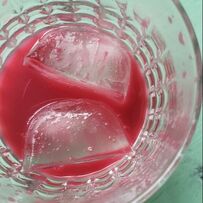
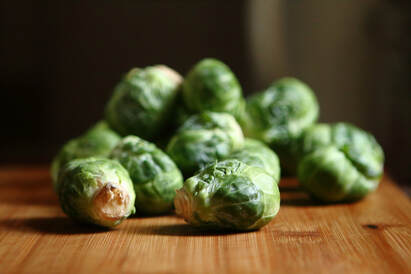
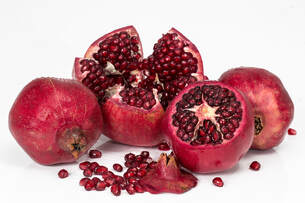
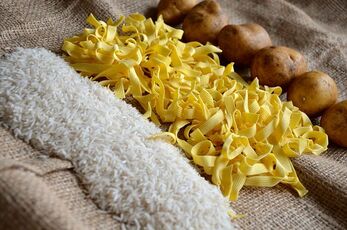
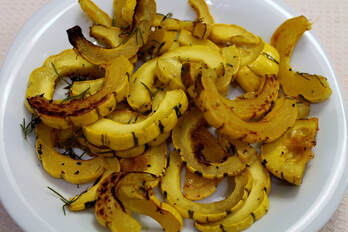
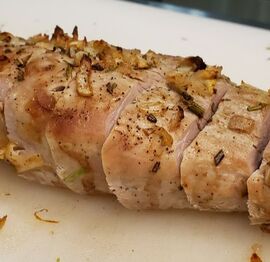
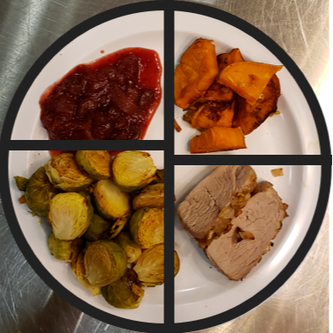


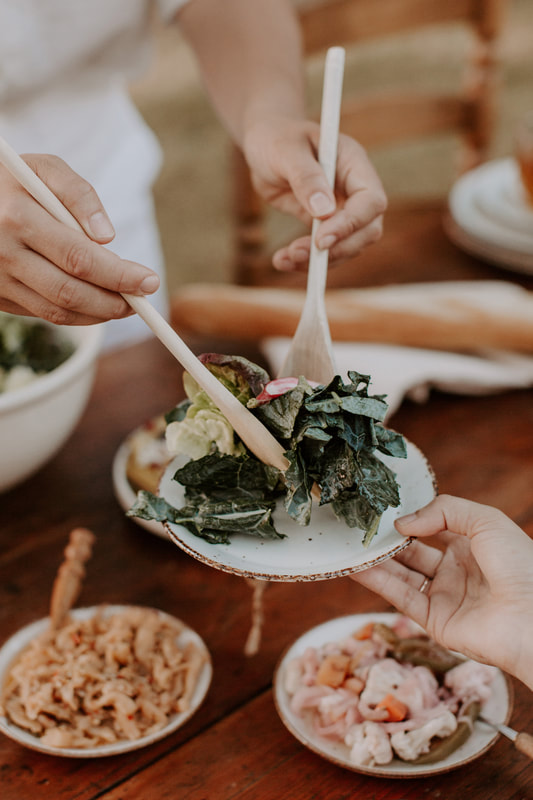

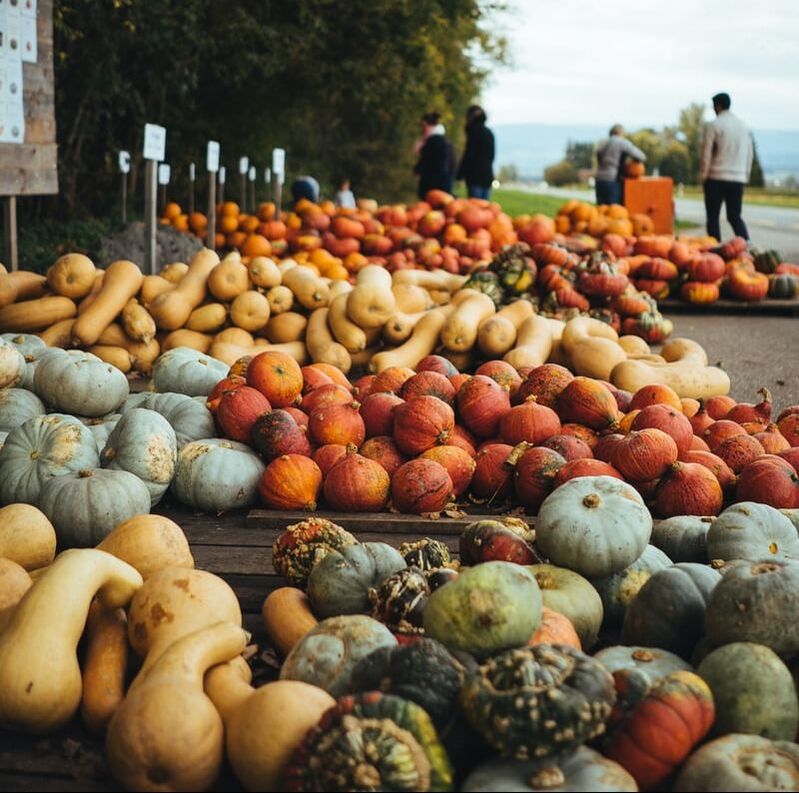
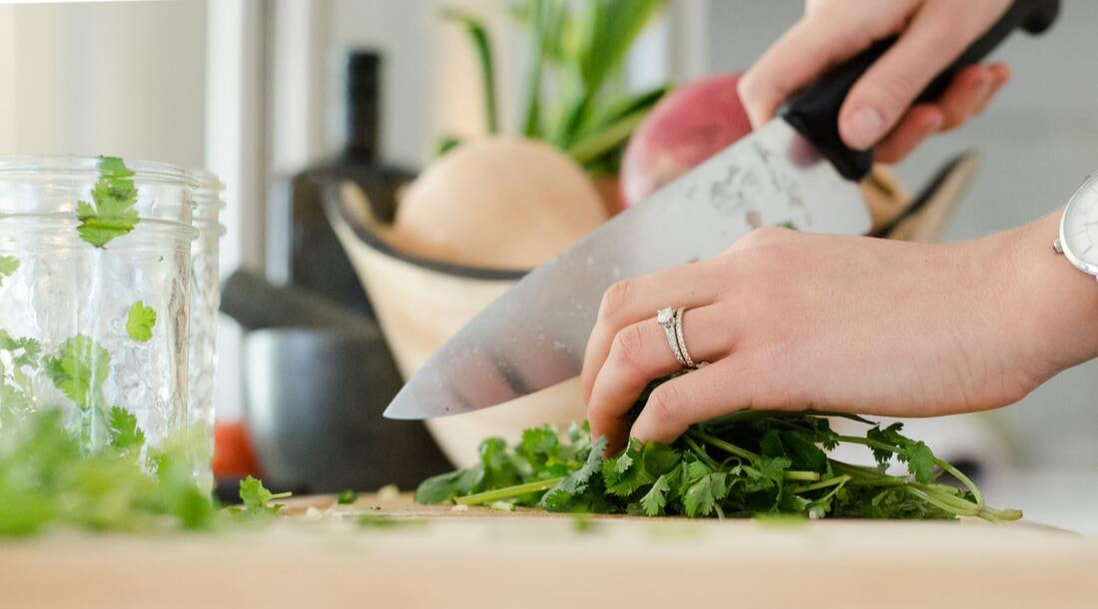

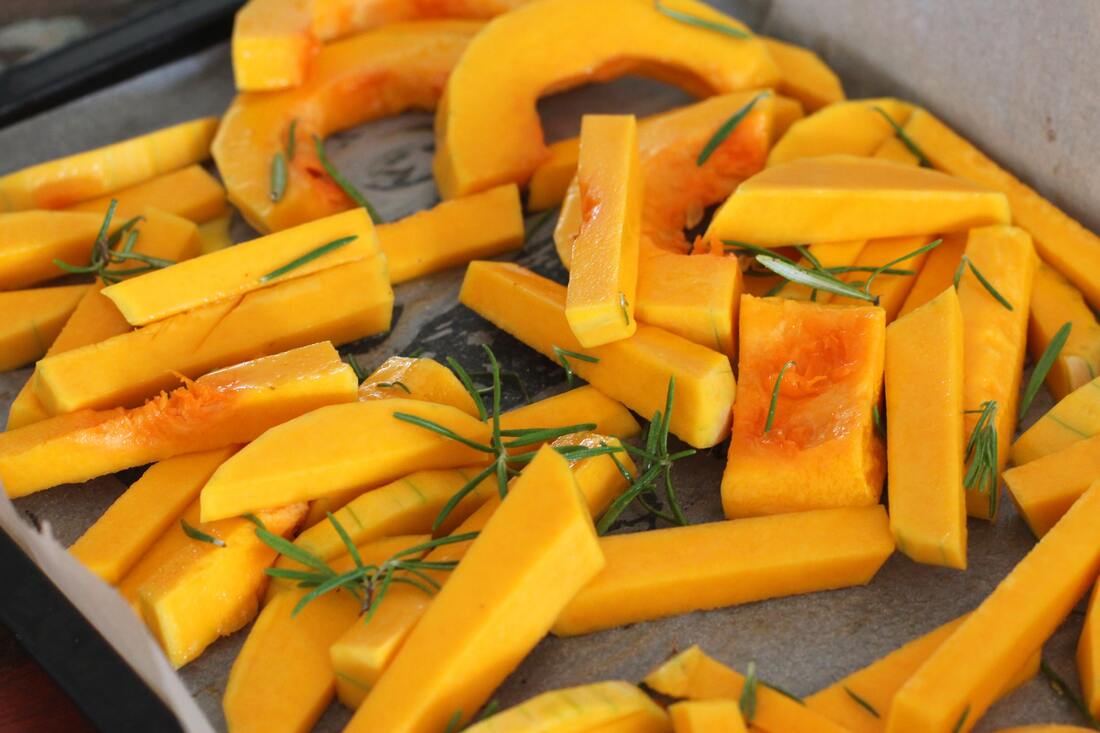
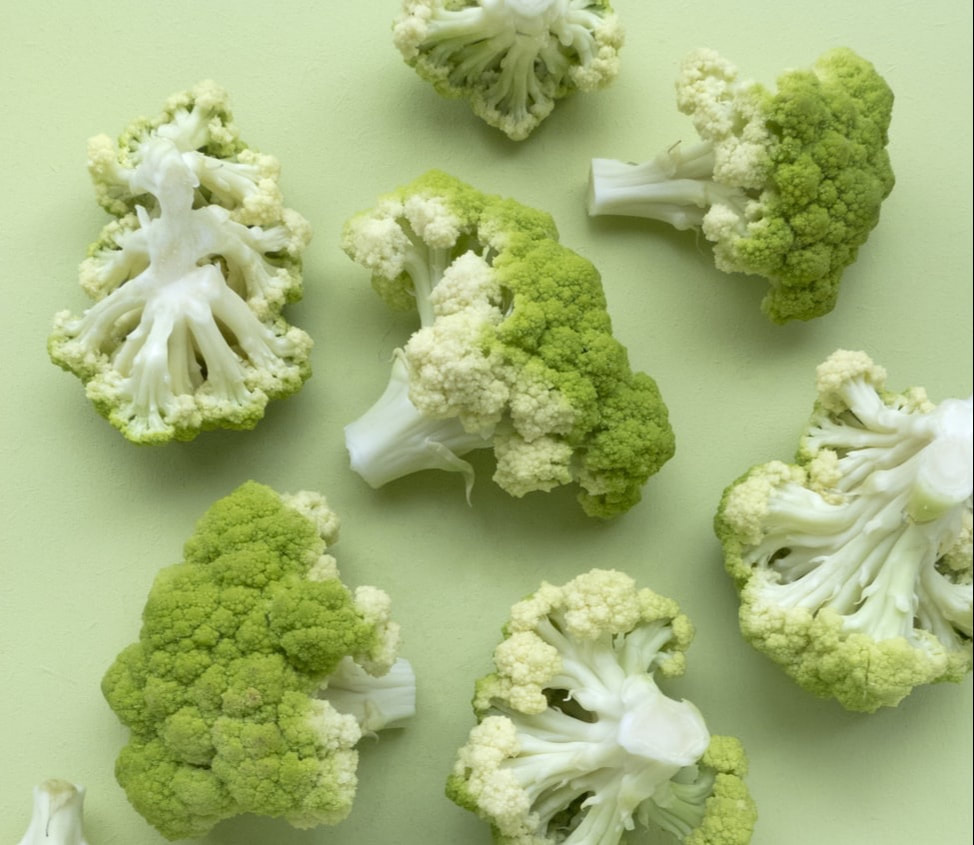
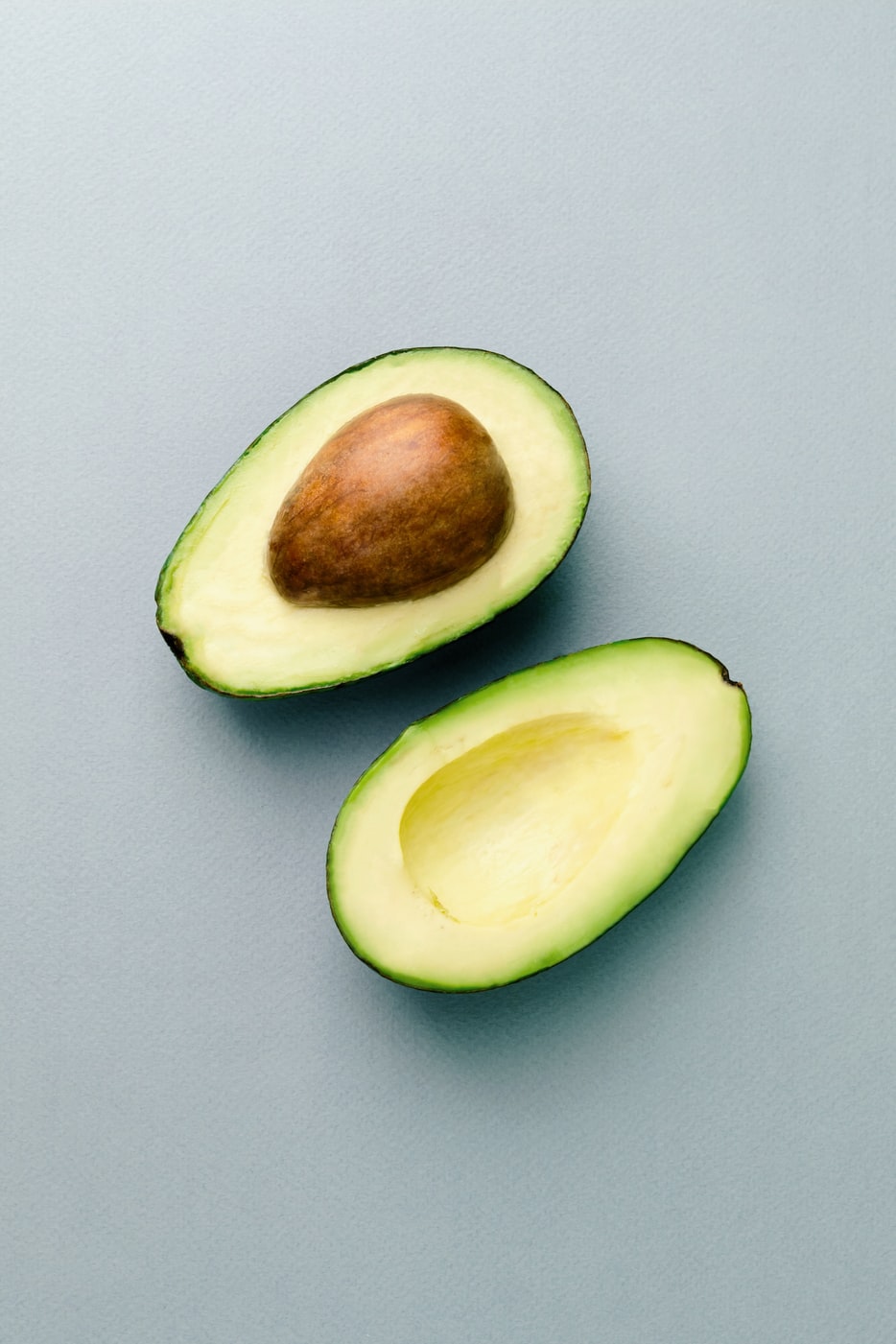
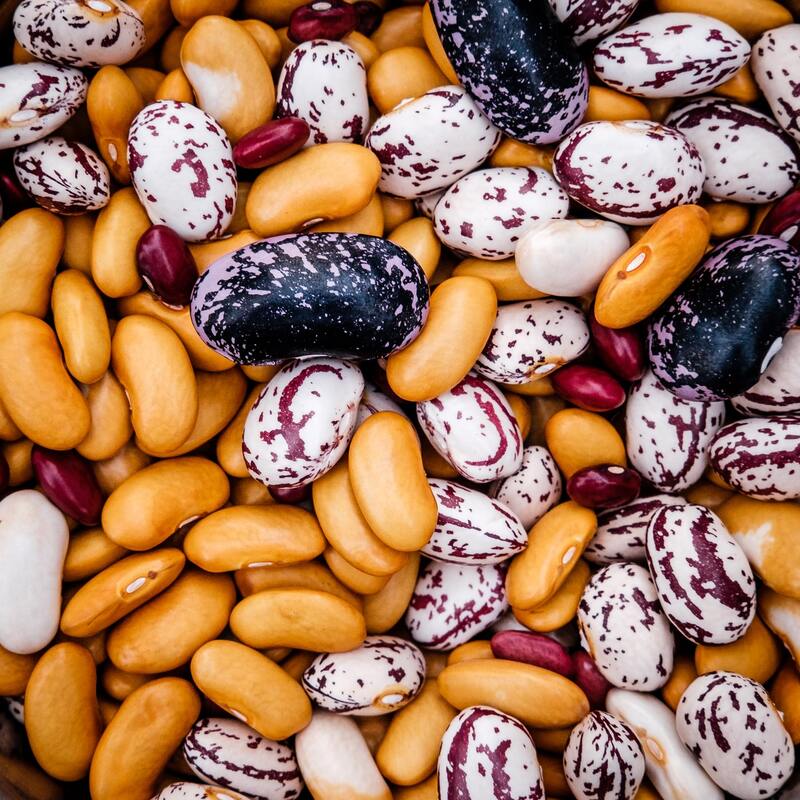

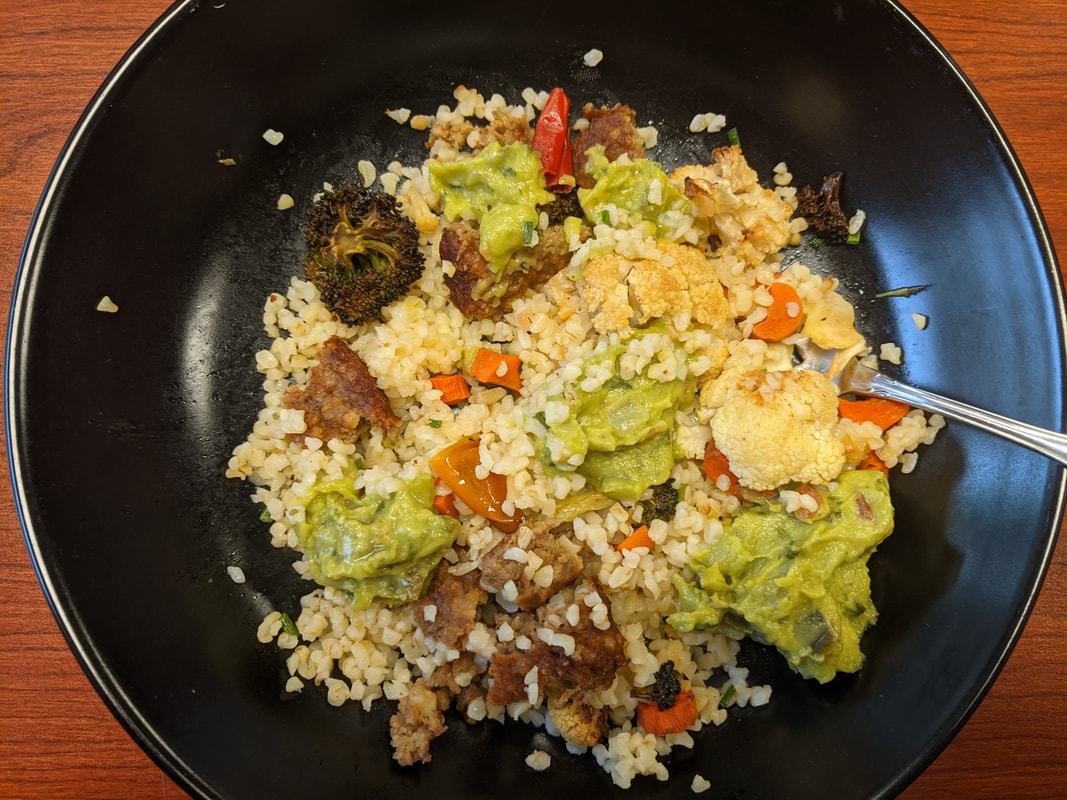
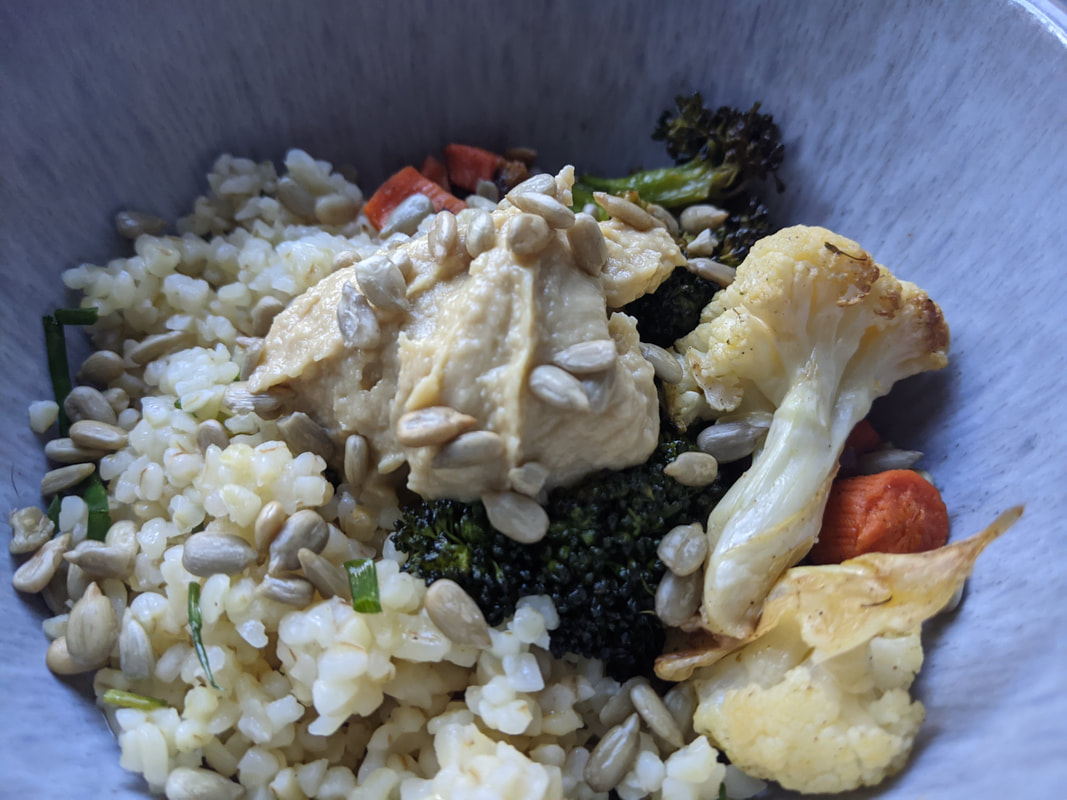

 RSS Feed
RSS Feed